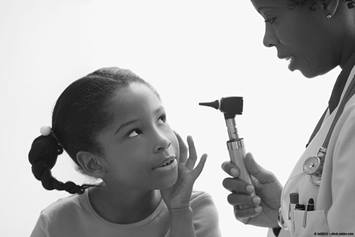Nasal Turbinate Hypertrophy
Turbinate hypertrophy is when the tissues inside your nose swell up. This can make it hard to breathe and might cause stuffy noses or snoring.
What Is Turbinate Hypertrophy?
Turbinate hypertrophy, inferior turbinate hypertrophy, and nasal turbinate hypertrophy are all descriptions of a similar condition where the tissue on the lateral (outside) walls of the nose are too large, causing nasal obstruction.
The inferior turbinate tissue is composed of rich groups of blood vessels, and can become swollen due to a variety of factors including allergies, colds and upper respiratory infections, inflammation, from exposure to certain medications, pregnancy, or for unknown reasons.
What Are the Signs and Symptoms of Turbinate Hypertrophy?
This condition can result in the sensation of difficulty breathing through the nose. It can also cause snoring, difficulty sleeping, and nosebleeds (epistaxis) because of turbulent airflow. This can result in drying (dessication) of the mucous membranes lining the nose. Sense of smell can also be affected.
How Is Turbinate Hypertrophy Diagnosed?
If your child has these symptoms, a thorough history and careful examination of your child’s nose can reveal the source(s) of potential blockage. Additional testing either during the office visit or in a separate setting may also be recommended. These tests may include a fiber optic camera examination (“scope”) of the portions of the nose and nasal cavity not able to be seen with standard in-office examination.
How Is Turbinate Hypertrophy Treated?
Treatment of this condition is aimed at the underlying cause of the turbinate hypertrophy, and may involve medications, allergy testing and therapy, surgery or a combination of these methods. If surgery is recommended, this may be done in conjunction with other procedures.



